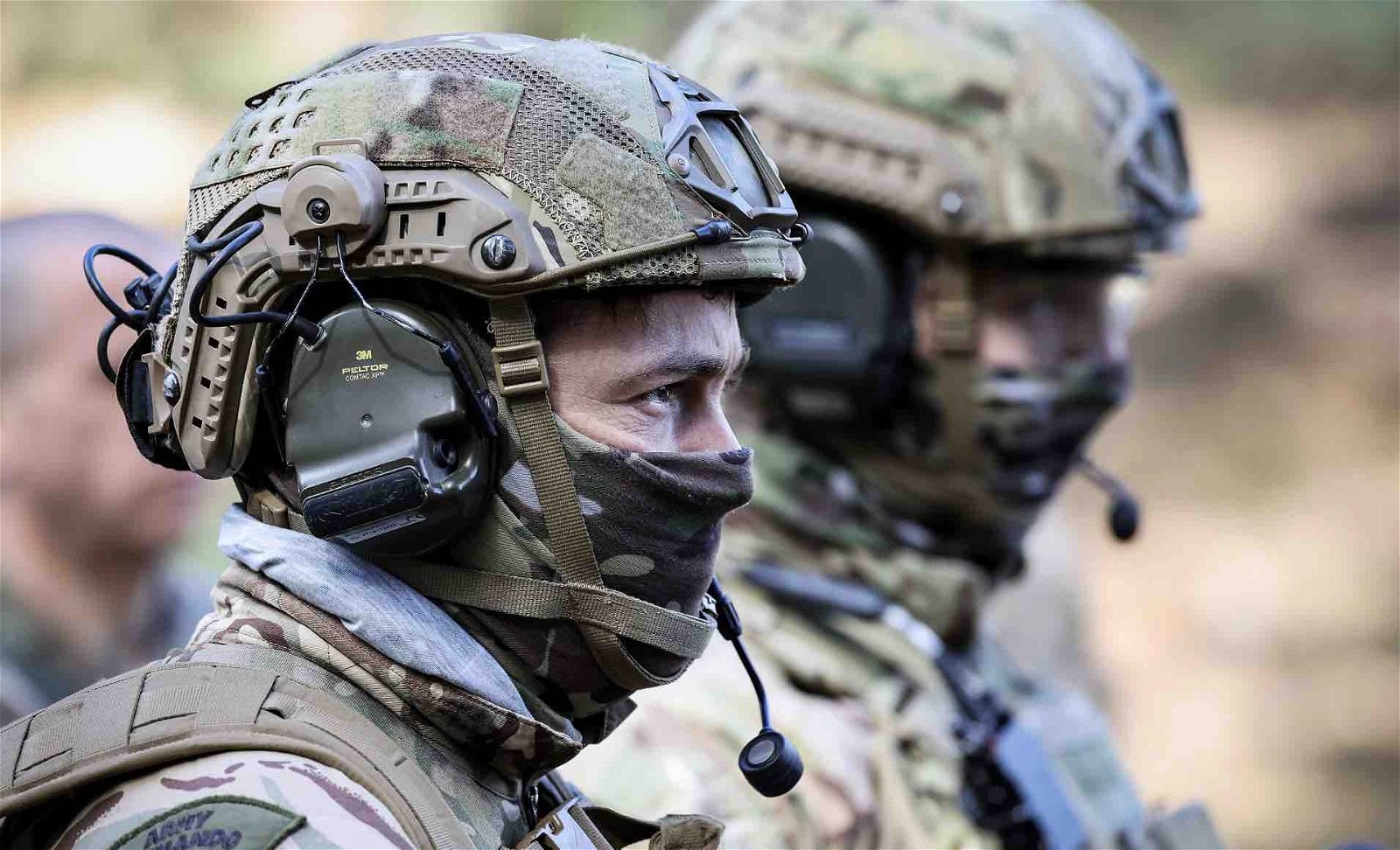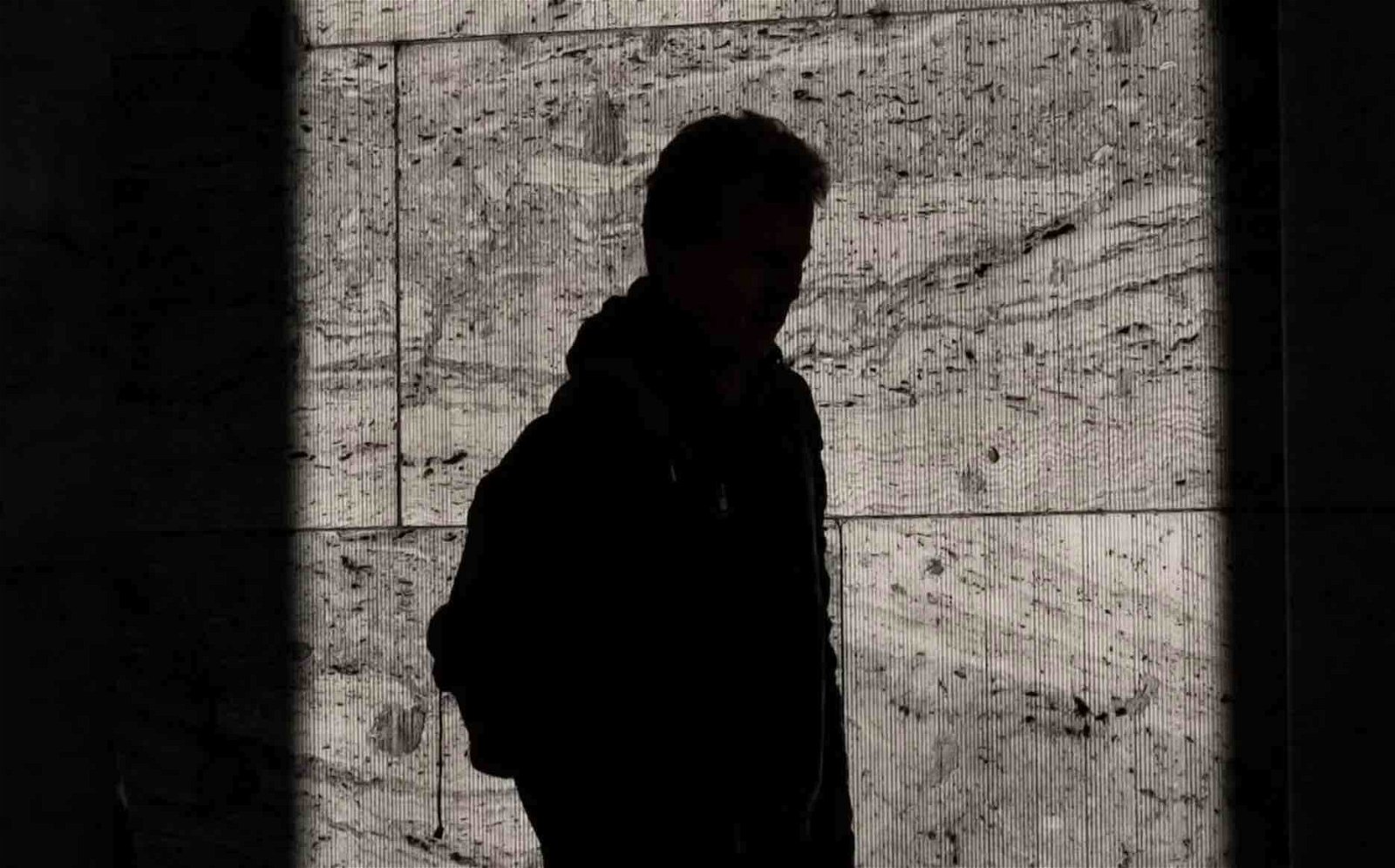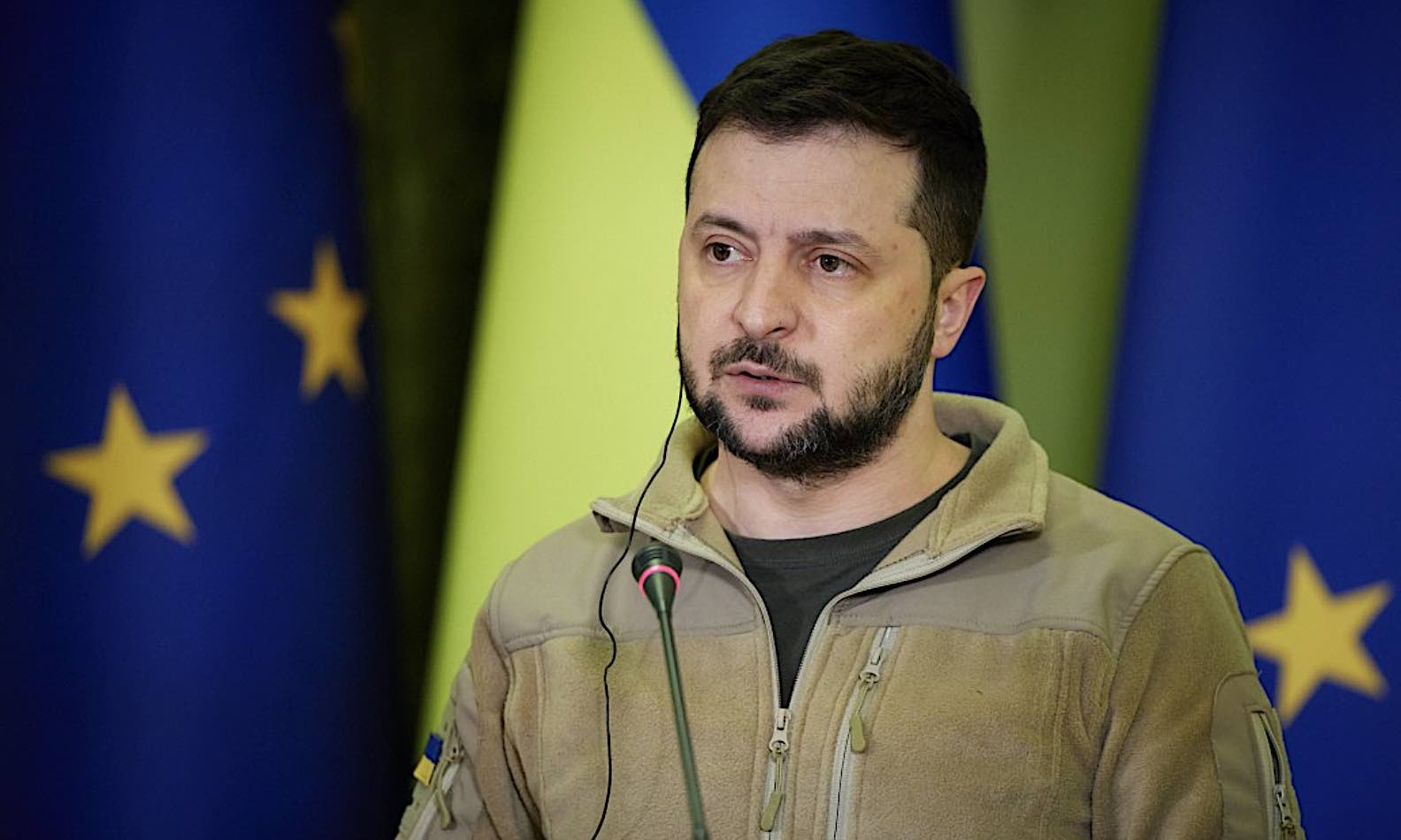

Welcome to this week’s installment of The Intelligence Brief… with the latest unnerving news of a U.S. classified document leak that occurred in recent days, this week we’ll be looking at 1) what U.S. officials have currently said about the leak and what it tells us about the situation in Ukraine, 2) including the confirmation that Western special forces are currently operating there, and 3) the current situation with investigations into the leak, as well as some interesting questions the situation has raised.
Sign up here to have The Intelligence Brief newsletter sent to your inbox each week.
Quote of the Week
“Classified information includes much more than the actual ‘secrets’ acquired. It includes how they were acquired and the process by which related analyses were made.”
– William B. Hurd
Latest Stories: Ahead of this week’s analysis, a few of the big stories we’ve covered in recent days include a team of Japanese researchers say they have taught a specialized AI to scan people’s brains and almost perfectly recreate whatever image they are thinking about. Elsewhere, NASA’s experimental X-59 just got something at Lockheed Martin Skunk Works that could help it demonstrate quieter overland supersonic flight. Finally, be sure to catch our story of a group of Ukrainian hacktivists who say they successfully hacked the email of a wanted Russian intel officer and ordered sex toys to his home.
Podcasts: This week in podcasts from The Debrief, join Stephanie Gerk and MJ Banias as they discuss how researchers have created an artificial Black Hole in a lab to test out warp drive theories, scientists in Israel have discovered that plants may be trying to communicate, and the US Air Force’s new StormBreaker smart missile is now ready to launch on The Debrief Weekly Report. Meanwhile, this week on The Micah Hanks Program, I take a historical deep-dive into Texas philanthropist Tom Slick’s possible connections to the U.S. intelligence community, and whether the CIA had been involved in espionage with help from the man who, at the time, had become America’s most-famous monster hunter. You can subscribe to all of The Debrief’s podcasts, including audio editions of Rebelliously Curious, by heading over to our Podcasts Page.
Video News: Also, be sure to catch the latest installment of Rebelliously Curious, where Chrissy Newton is joined by Bryan Bender, a former POLITICO award-winning National Security Reporter, and Editor turned Strategic Communications Advisor, to discuss the process of news dissemination and how he was first seeded the 2017 New York Times breaking UAP news. You can also watch past episodes and other great content from The Debrief on our official YouTube Channel.
With all that out of the way, it’s time we dig into the recent revelations involving leaked classified documents that have drawn concerns from U.S. officials in recent days and how the Pentagon is hoping to get to the bottom of the controversy.
Documents Leaked on Discord Create Firestorm for Defense Department
Last week, a classified document leak involving the unauthorized release of a trove of U.S. documents detailing aspects of the war in Ukraine and other information made its way online, revealing what many media outlets—as well as U.S. officials—have characterized as information that could be damaging to U.S. operations.
The documents, which originally appeared on the messaging app Discord, were first believed to have surfaced online in early March. Including documents labeled “top secret,” the cache details information about several countries, which include U.S. allies like Israel and adversaries like China and Russia.
Based on the most current information available, here is what we know about the documents, and the individual believed to have leaked them online.
New Details Emerge About Source Behind the Classified Leak
On Wednesday, The New York Times reported that the unauthorized document leak is believed to have originated from a member of an online Discord group named Jack Teixeira, who the Times describes as a “21-year-old member of the intelligence wing of the Massachusetts Air National Guard.” According to another member of the same chat group interviewed by the Washington Post, this presumed source of the document leak had been the leader of the chat, which formed back during the days of the pandemic.
The individual, whom the Post identifies only as “OG” (the moniker he had been given in the Discord group), had occasionally regaled his internet compatriots with tales about authoring classified documents and discussion of secret international happenings, all betwixt other activities that included playing video games and telling crude jokes.


“He’s a smart person. He knew what he was doing when he posted these documents, of course. These weren’t accidental leaks of any kind,” the unnamed member of the group told the Post. Along with the known leaked documents, the Post said it had also reviewed additional secret documents that have not been made publicly available.
However, of the information that has been made known in recent days, several revelations have come to light that include information about the presence of Western special forces and their operations within Ukraine and other sensitive details that are of significance to the U.S., as well as its allies and enemies around the world.
Western Special Forces on the Ground
According to the documents, the United States, United Kingdom, France, Netherlands, and Latvia are all among the Western countries with military special forces operating on the ground in Ukraine, according to the recent document release.
Of these countries, the United Kingdom is believed to have the largest representation (50). The U.S., by contrast, has just 14, making them the second smallest representative group next to the one representative believed to be from the Netherlands.
The U.S., by contrast, has donated more to Ukraine in its support of the country, although the U.K. ranks second in countries that have shown such support.


Several outlets have noted in recent days that the development is likely to aggravate Russian officials, which have repeatedly claimed that their ongoing attempt to invade Ukraine has been met with more than just confrontations with the Ukrainian military.
Although officially unacknowledged, the information conveyed in the documents isn’t anything particularly new or surprising since the reality that is now apparently conveyed in the dozens of documents appearing online has already long been a matter of speculation.
Investigations and Questions
The Pentagon, which appears to acknowledge the authenticity of the documents, has said the United States is currently investigating possible sources of the recent leak.
Despite revealing the presence of Western special forces in Ukraine, few details were given about where, specifically, these forces were located or what their roles or functions may be.
While several U.S. officials have spoken on the matter in recent days, both on and off record, the UK Ministry of Defense has yet to provide any comment on its presence in the embattled country, in keeping with its standard policy of abstaining from comment on the operations of its special forces.
However, a Tweet from the agency earlier this week characterized information in the documents as representing a “serious level of inaccuracy” and cautioning about “taking at face value allegations that have the potential to spread misinformation,” raising serious questions about the nature of some of the information contained within.
Among the various questions that have been raised about the documents in recent days are what appear to have been doctored portions of documents that present the number of casualties on both sides of the conflict in Ukraine.
Presently, the FBI is conducting an investigation into the source of the leaks. At the same time, the Pentagon has established an “interagency effort” that is “focused on assessing the impact these photographed documents could have on U.S. national security and on our Allies and partners, according to a statement from Pentagon deputy press secretary Sabrina Singh.


Defense Secretary Lloyd Austin was resolute in saying this week that the source of the leak would be found by the U.S., telling reporters he had been “convening with senior department leaders daily on our response, and I’ve directed an urgent cross-department effort.”
Austin added that the Pentagon has “referred the matter to the Department of Justice (DOD), which has opened a criminal investigation.”
“We take this very seriously,” Austin said, “and will continue to investigate and turn over every rock until we find the source of this and the extent of it.”
That concludes this week’s installment of The Intelligence Brief. You can read past editions of The Intelligence Brief at our website, or if you found this installment online, don’t forget to subscribe and get future email editions from us here. Also, if you have a tip or other information you’d like to send along directly to me, you can email me at micah [@] thedebrief [dot] org, or Tweet at me @MicahHanks.


Here are the top stories we’re covering right now…
- Skunk Works Assembly of NASA’s X-59 Experimental Prototype Brings Overland Supersonic Travel a Step Closer
NASA’s experimental X-59 just got something at Lockheed Martin Skunk Works that could help it demonstrate quieter overland supersonic flight.
- Yes, AI is Using Brain Scans to Literally Read People’s Minds
Potentially invoking horrifying images of George Orwell’s “thought police” or Phillip K. DIck’s “pre-crime” police force, a team of Japanese researchers say they have taught a specialized AI to scan people’s brains and almost perfectly recreate whatever image they are thinking about.
- Hacktivists Order FBI Memorabilia and Sex Toys For Fugitive Russian Intel Officer After Hacking His Email
A group of Ukrainian hacktivists say they successfully hacked the email of a wanted Russian intel officer and ordered sex toys to his home.
- The Secret Life of Tom Slick: The CIA and the Search for the Yeti
This week on The Micah Hanks Program, we look at Tom Slick’s possible connections to the U.S. intelligence community, and whether the CIA had been involved in espionage with help from the man who, at the time, had become America’s most-famous monster hunter.
- Einstein’s Theory of Gravity in Question? What a New Map Detailing One of the Great “Mysteries of the Cosmos” Helps Reveal
A stunningly detailed cosmological map that covers about of quarter of the entire sky shows the effects of dark matter on the cosmic microwave background radiation, lending strong support for Albert Einstein’s theory of gravity.
- Quantum Version of the Third Law of Thermodynamics Says Absolute Zero is Theoretically Possible
Physicists say they have reconciled the third law of thermodynamics with quantum physics, in new research that proves absolute zero is theoretically possible.
- Discovering Extraterrestrials Offers Benefits, Not An Existential Risk
In 2010, Stephen Hawking warned that aliens might pose an existential risk to humanity, and that we should therefore be careful about broadcasting our existence to interstellar space.
- New Ultrasonic Acoustic Attack Targeting Microphones and Voice Assistants Gives Remote Access to Most Smart Devices
Researchers have developed a new ultrasonic acoustic attack that can covertly give hackers remote access to most smart devices.
- Advanced Aerospace Systems Technology Research Program Contract Awarded to Defense Contractors by USAF
The USAF has awarded a $400 million contract for its new Advanced Aerospace Systems Technology Research program.
- Don’t Leave your Black Hole Unattended This week on The Debrief Weekly Report…
On today’s episode, researchers have created an artificial Black Hole in a lab to test out warp drive theories, scientists in Israel have discovered that plants may be trying to communicate, and the US Air Force’s new StormBreaker smart missile is now ready to launch.
- Bryan Bender: Meet the Journalist Who Nearly Broke the Pentagon UFO Story Before the New York Times
Chrissy Newton talks with Bryan Bender about the process of news dissemination and how he first learned about the 2017 New York Times UAP story.
- Researchers Have Developed an Incredible New Method of Producing Realistic Holograms
Researchers have developed a new method for creating realistic 3D holographic projections that are three orders of magnitude better than the current state-of-the-art technology.
- The Hubble Tension: New Study Sheds Light on Puzzling Discrepancy in the Cosmic Expansion Rate
A new study may have revealed clues to understanding a long held cosmological puzzle, involving a discrepancy in the cosmic expansion rate of the universe.
- Mk-II Aurora Space Plane Completes Its First Rocket-Powered Flight, Sets Pace for Orbital Program
This week, we take a look at the successful rocket-powered test flight of the new Mk-II Aurora space plane by Dawn Aerospace.
- Area 51 Uncensored: Tales From America’s Best-Known Secret Base
This week on The Micah Hanks Program, we examine modern legends that have become associated with Area 51, and how it became a mainstay of American conspiracy theories.
